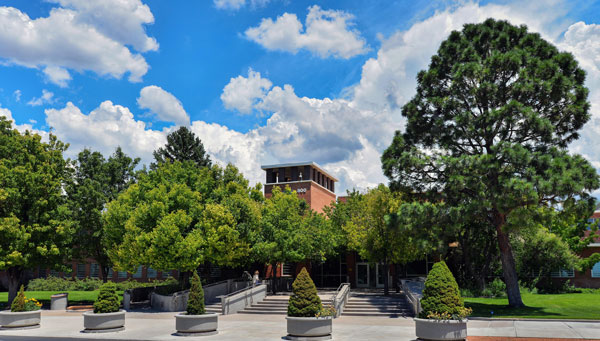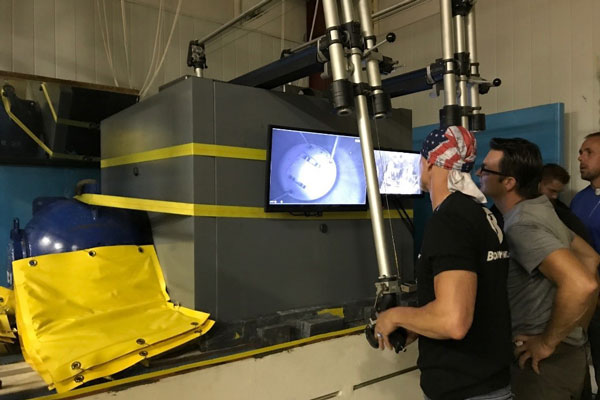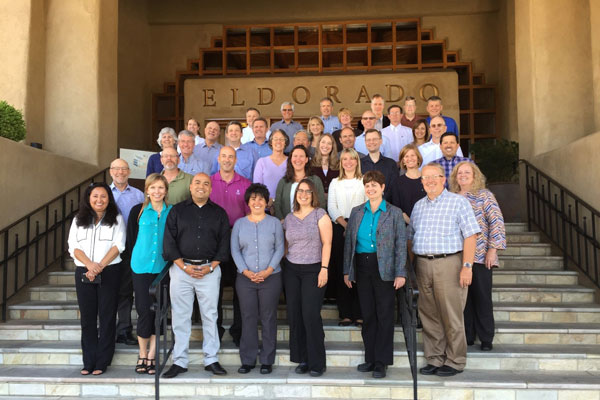
“Get Your Head in the Game,” “Out of Bounds,” and “The Missing” provided the basis for this year’s annual awareness training videos. For the first time, these training scenarios were created from concept to production at Sandia from dramatizations of real Sandia events. This year’s awareness videos received unprecedented feedback for their relatability and usefulness in the Sandia environment. In support of the NTESS contract transition, 100 percent training compliance was also achieved for both the annual awareness training and the newly updated Code of Conduct. (800, 3600)
To further effective and resourceful mission support, the Air Quality Program developed and implemented a site-wide fugitive dust control programmatic permit strategy. By reducing administrative burden and expanding environmental best management practices, this year-long project resulted in a single permit (down from 12) that increased efficiency and decreased regulatory risk to Sandia. This also further enhances the Labs’ reputation as a leader in environmental protection. The collaboration involved both internal and external partnerships, and strengthened relationships with the Sandia Field Office, the city of Albuquerque, and Kirtland AFB. (600,4000)

Radiation Protection retrieved, encapsulated, and packaged two highly radioactive cesium-137 sources for disposal using a mobile hot cell as part of DOE’s Orphan Source Recovery Program. The legacy sources were for a project in the 1980s and have not been used since the 1990s because of the potential significant radiological consequence. Collaborative efforts among many support organizations across the Labs contributed to the safe execution of this operation. The project significantly reduced Sandia’s risk, liability, and environmental impact. (600, 4800, 4200)
The executive strategy development team led the design and execution of five daylong workshops to explore the future of advanced technologies and global peace and security through the lenses of deterrence, information, innovation, nonproliferation, and population and earth systems. The workshops brought together more than 130 experts and leaders from diverse fields within and beyond Sandia. Workshop participants imagined the global security environment in 20 years and the national security challenges associated with these potential future environments. The output provides the foundation for leaders in shaping the long-term Labs-level strategy. (100)
MESA uses a preventive safety program based on Mistake-Proofing that is derived from quality assurance practices. Inexpensive engineered controls and warnings, created by our technical staff, are used to reduce the likelihood of human error leading to an accident. MESA averages one improvement per month and the controls pay for themselves within 18 months so there is no limitation on the number of improvements, only on the rate of implementation. (5000, 600)

In 2017, the National Security Leadership Development Program (NSLDP) completed the second of two recent 10-month programs focused on developing core groups of Sandia’s next generation of senior leaders. The programs encompassed building leadership skills, site tours that provided exposure to the national security enterprise, and additional project team meetings. Participants explored how their values impact their leadership, behavior, and decision-making; they built relationships with peers, the institution, and other external entities; and applied tools for thinking, leading, and communicating with confidence and courage through changing circumstances.